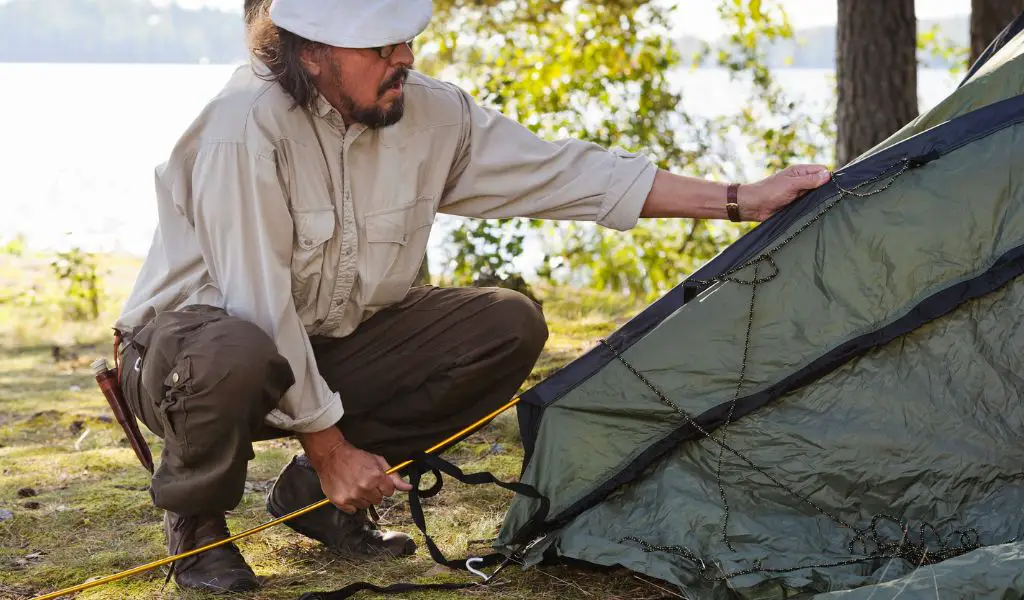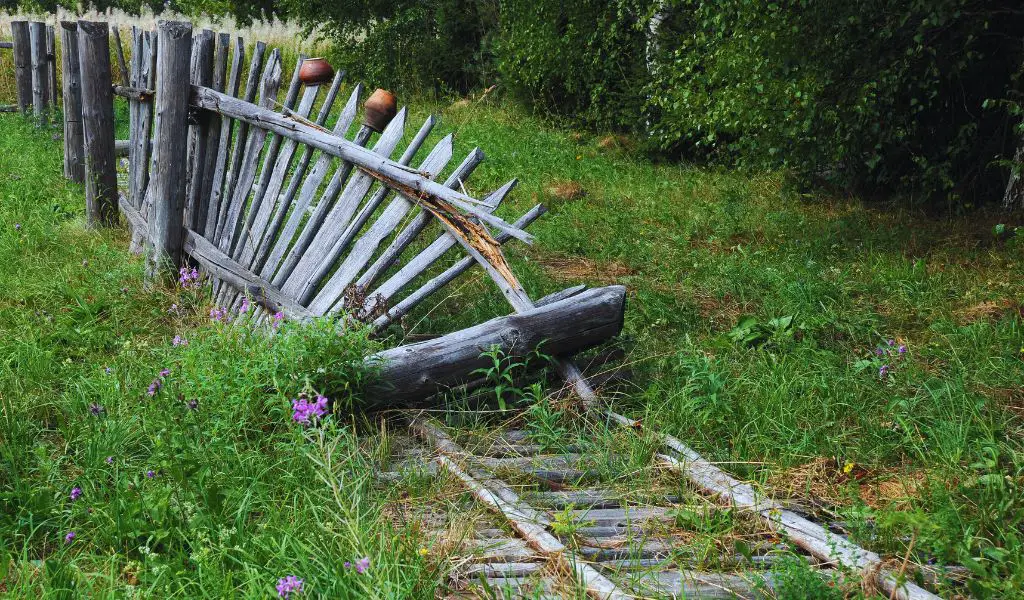If you are going camping anytime soon, then there are a few things that you need to know.
One of the most important parts of camping is pitching your tent so it will be dry and comfortable.
The best way to pitch your tent is in an area where there’s no high winds or heavy rain forecasted for the next day. If possible, try to find a spot with soft ground as this will provide more comfort when sleeping on the ground.
Why would you want to use a tent?
If you’re looking for a way to camp with ease, it’s not hard to pitch a tent.
But before we go over the process of pitching your own tent, let’s take some time and explore why you might want to do so in the first place.
Camping is an excellent opportunity for families or groups of friends to get out into nature together, there are plenty of options available when camping that can make it enjoyable even if you don’t consider yourself outdoorsy.
You also may have heard about how good sleeping outside under the stars is for our mental health and well-being and spending time away from the hustle and bustle of normal life is good for anyone.
How do you pick a spot for your tent?
When choosing a spot to pitch your tent think about the following:
- Is there a high wind forecasted?
- What type of ground will the tent be on (soft or rocky)?
- Will it be dry and comfortable for you to sleep here?
- How far are you from resources such as water and bathrooms?
- Is there enough space for your tent?
- Can you make a fire if it gets too cold outside?
The Basics of pitching a tent an overview
Find a flat, dry area to pitch your tent
Lay out the groundsheet and peg it down with pegs or rocks
Put up the poles of your tent
Place the inner tent on top of the groundsheet and make sure all corners are staked down securely
Place any extra bedding inside your tent before you go to sleep for added warmth
Keep all valuables in a safe place away from animals that might be attracted by food smells or sounds coming from inside your tent
What do you need to pitch a tent?
Tent
Groundsheet or tarpaulin
Ropes or stakes to secure the tent and groundsheet in place
Optional: a mallet, peg puller, pegs for poles
Tent Stakes or tent pegs
Before you set off on your camping trip you should make sure that you have all of the basic equipment that you’ll need to get your tent setup.
A great way to ensure that all of your gear is working and in good order is to pitch your tent at home, in the yard or garden before you leave.
By doing this, not only will you find out if anything is missing or damaged, but you’ll also make life a whole lot easier for yourself when you arrive at your campsite, and you’ll be particularly thankful for this tip if the weather is bad or you are tired.
Easy tents to setup
Where should you not pitch a tent?
In the middle of a busy campsite, or in any area where your tent will be blocking pathways.
If there is anything sharp nearby that could poke through or damage the fabric.
Where it would get wet if it rains/snows and you do not have waterproof coverings on top to protect against this.
Avoid camping next to standing water too; mosquitoes can thrive in stagnant water and cause an annoying bug bite itch!
Near strong smells like cooking food, especially when they are attracting wildlife such as bears (who might come looking for food!).
In hollows. They may be dry when you arrive but if it rains then they will quickly fill with water and before you realise your tent will be in a puddle.
The same can be said for the bottom of slopes – rainwater can turn into downhill streams which will easily get into your tent.
Should you camp under trees?
The advantage of pitching a tent under trees is that they protect against heavy winds at night which can knock over lightweight tents if kept outside unprotected.
They also provide privacy when pitched close enough together where other people won’t be able to see inside without being right next to them.
Certain trees can provide shelter from rain, snow and even the sun with fir trees and conifers offering the best protection due to their thick cover.
The disadvantage of camping under trees is that they are most likely to attract bugs, like mosquitoes and flies which can make things unpleasant.
You also run the risk of branches or other tree debris falling onto your tent or yourself and if there is a thunderstorm then nearby trees can act as lightening conductors, which could be disastrous.
How to pitch a tent in the rain
If you’re pitching your tent in the rain, then it is important to make sure that all of its openings are sealed up.
A good way to do this is with a tarpaulin or plastic sheet which will ensure that any moisture doesn’t get into the fabric and also provide some shelter from passing showers.
It may be worth considering buying an extra-large tarp just for this purpose as they can often be cheaper than many other types of waterproofing sheets available on the market.
How to pitch your tent in sand
If you’re pitching your tent in sand, it is important to ensure that the perimeter of the groundsheet is securely pegged out so there are no gaps for wind and rain or blowing sand to get under.
1) Invest in 14-18cm sand tent stakes
2) Carry extra dry bags and stuff sacks to use as sandbags
3) Level off your proposed pitch with you feet before pegging out each corner of the tent body, placing rocks on top or pegs to keep them in place
4) Face the tent entrance downwind to prevent the wind from blowing sand into the tent when the door is open
5) Tie the guy ropes to rocks, driftwood or any other secure items or structure to help to secure the tent.
How to pitch a tent in snow
Pitching a tent in snow is not that difficult, you just need to make sure before starting the process that your base for it is solid.
Make sure you have a solid base for your tent by stamping out an area and staking it down.
Make sure there is no ice, as this will make the stakes less effective when putting them in the ground to secure your tent poles.
It’s important that you are far enough away from avalanche-prone areas so that if one were to occur, they won’t reach or harm you.
Avoid setting up beneath trees that have lots of heavy snow on their branches. The branch could break and land on your tent resulting in damage or injuy.
Try to make use of natural shelter such as large rocks, bushes and other things that could provide protection against winds and precipitation.
Conclusion and final thoughts 💭
With a little patience and the right steps, it is not difficult to pitch a tent.
It’s all about finding the best place for your tent, preparing what you need before you go out into nature (such as stakes), knowing how much space to leave between each stake, and finally pitching your tent in an efficient manner.
At first it will take you some time but, like most things, the more times that you pitch your tent, the better you will become at it.




